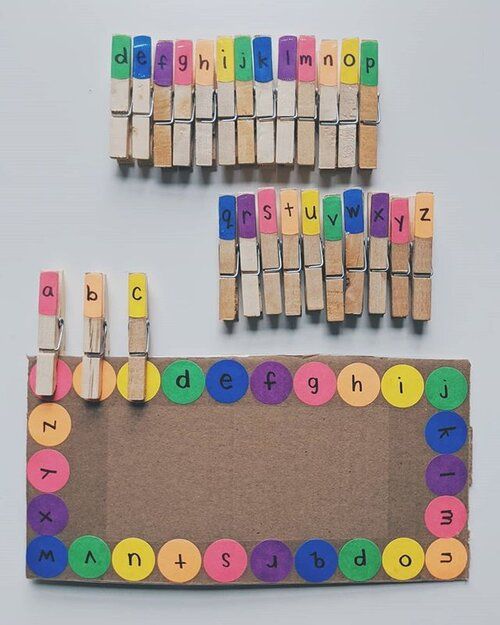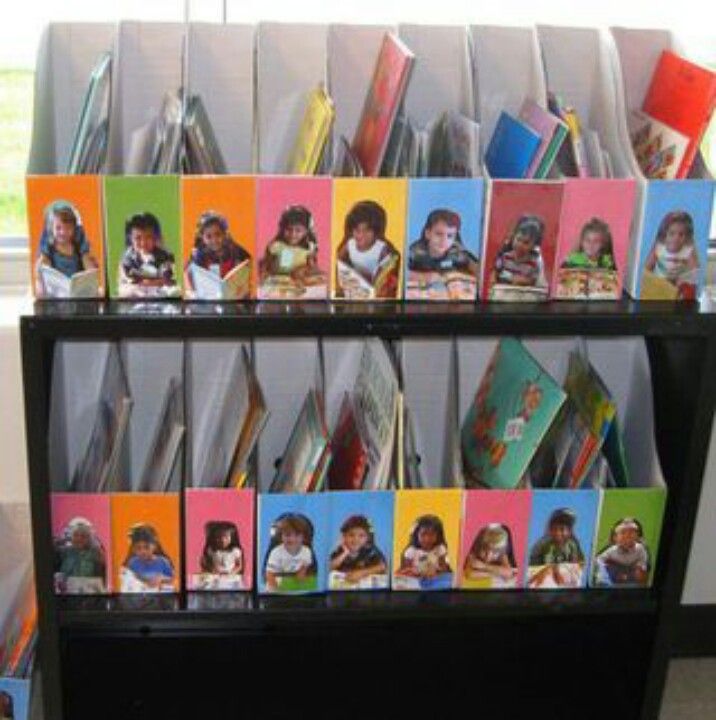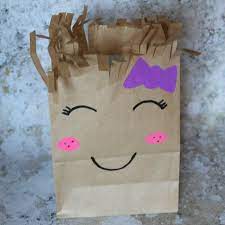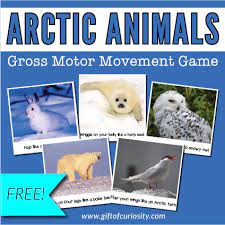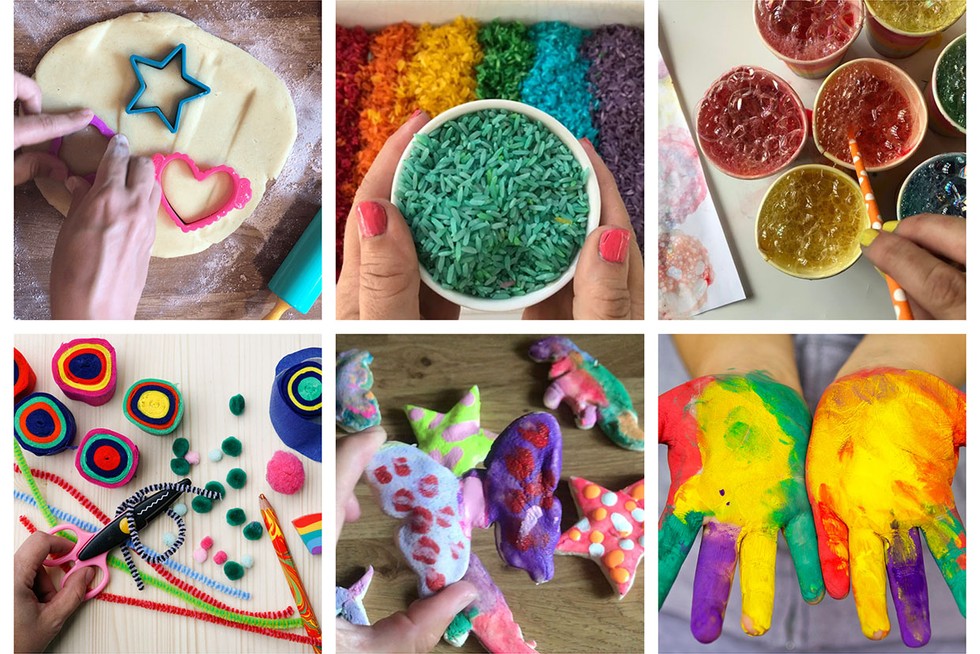Introduction:
Preschoolers learn best through hands-on activities that engage their minds and imaginations. One important aspect of early education is learning about the roles different community helpers play in our lives. Here are 15 preschool literacy activities focused on community helpers that you can introduce to your students for a fun and engaging learning experience.
1.Community Helper Books
Create a library corner in your classroom filled with various books about community helpers like police officers, firefighters, medical professionals, etc. Encourage the children to explore these books and discuss their contents together.
2.Dramatic Play
Create different dramatic play centers designed after the workplaces of various community helpers, such as a doctor’s office or a post office. Provide costumes, props, and labels for students to role-play and practice reading.
3.Write Letters to Community Helpers
Teach your preschoolers how to write simple letters by having them create thank you notes to be delivered to community helpers in your area.
4.Create Helper Puppets
Have the children design creative puppets based on community helpers (e.g., paper bag puppets) and then use them in storytelling or role-playing activities.
5.Sorting Center
Prepare a sorting activity wherein your preschoolers can practice recognizing and categorizing recurring patterns by matching pictures of community helpers with their corresponding job titles.
6.Alphabet Soup
Create an alphabet soup game where kids can fish out letters from a bowl or bin to form the names of various community helpers.
7.Picture Word Match
Develop a matching activity by connecting illustrations of community helpers with their corresponding job titles.
8.I-Spy Helper Bingo
Make an I-Spy bingo board featuring images of common tools used by various community helpers for the children to spot throughout the classroom and mark off on their boards.
9.Labeling Activities
Encourage kids to identify different parts of community helpers’ uniforms or tools, then have them create corresponding labels with proper terminology.
10.Helper Guessing Game
Have students guess the community helper by describing their roles and tasks in a guessing game format.
11.Community Helper Stories
Ask your preschoolers to come up with stories featuring community helpers as main characters. They can dictate their ideas while you transcribe, helping them practice storytelling skills and learn new vocabulary words.
12.Helper Rhymes and Songs
Teach kids various songs or rhymes related to community helpers, such as “Here Comes the Firetruck” or “The F-I-R-E-M-A-N” song.
13.Helper Word Puzzles
Create word puzzles based on community helpers’ job titles, descriptions, and tools for kids to solve and learn essential vocabulary words in the process.
14.Job Chart
Make a job chart designating daily classroom responsibilities inspired by different community helpers so that children can experience what it is like to take on these roles.
15.Field Trips and Visits
Arrange field trips to local institutions, such as police stations or fire departments, or invite community helpers to visit your classroom for students to experience first-hand knowledge of their work environment.
Conclusion:
With these 15 literacy-focused activities on community helpers, your preschoolers will gain valuable insights into various professions that keep our communities safe and functioning while improving their language skills in the process.
